Gallery – Images of the Korean Diaspora
Note: There are a number of sources of public domain images related to the Korean diaspora. Our archiving efforts focus on collecting, cataloguing and presenting them in one place for your review and enjoyment. While we do our best to confirm the public domain status of the images, the presence of images on our website does not guarantee that all of the images are in the public domain. Based upon the current copyright law, all works published in the United States before 1924 are in the public domain. Works published after 1923, but before 1978 are protected for 95 years from the date of publication. Even for images in the public domain, we provided attribution wherever possible. If you have questions about the copyright status of any images, please contact us and let us know. And remember, “A picture is worth a thousand words.” Thank you for your interest and support.
Soh Jaipil (January 7, 1864 – January 5, 1951), also known as Philip Jaisohn. Soh “moved” to the United States in 1884 and is known to be the first Korean naturalized citizen of the United States. Watch documentary on his legacy: Life of Soh Jaipil, the First Korean American
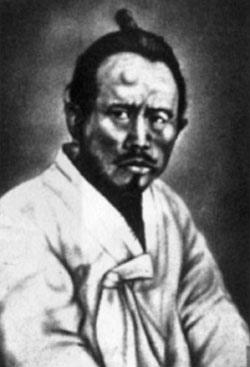

(Attribution: Original author was Samhanin at commons.wikipedia – 독립기념관(The Independence Hall of Korea), 동학농민혁명기념재단(www.e-donghak.go.kr))
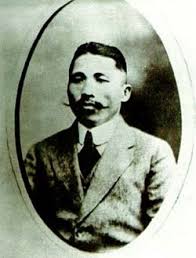
(Attribution: the Association for Asian Research, Korea WebWeekly 1/2/2004. Uncited photo)

Japanese soldiers of the First Sino-Japanese War, 1895. By defeating China, Japan had succeeded in eliminating Chinese influence over Korea. Korea proclaimed itself the Korean Empire and announced its independence from the Qing Empire of China.
(Attribution: anonymous – Musee de I’Armee, Paris)
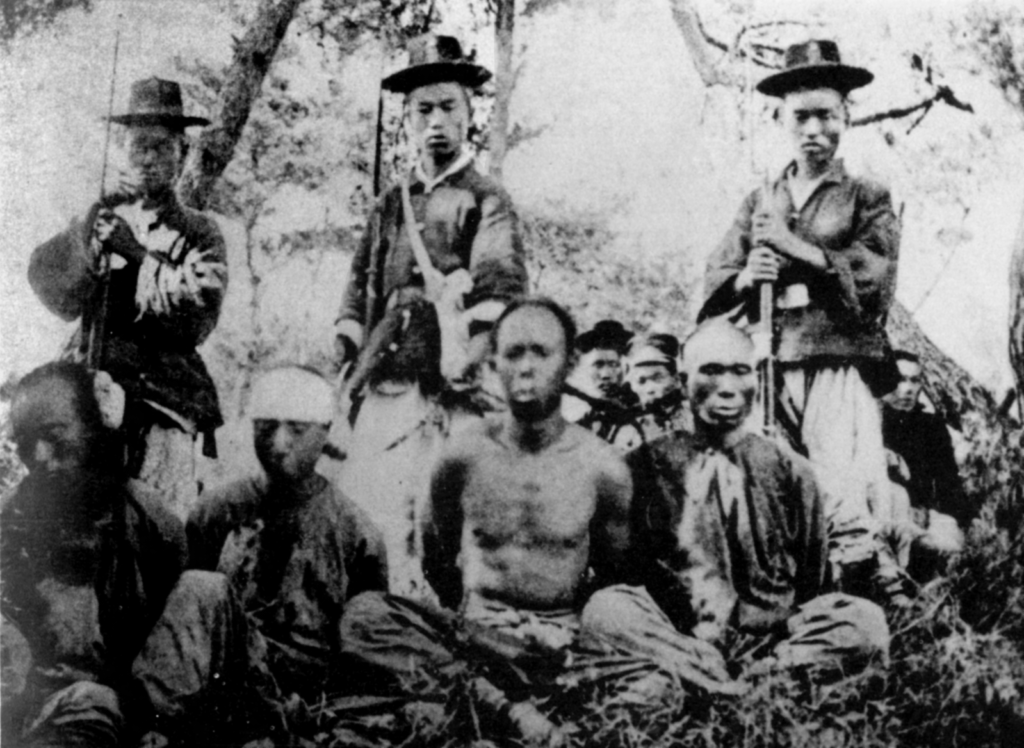
Attribution: Original author was jjok on commons.wikipedia – 映像が語る「日韓併合」史 : 1875年–1945年 / Eizō ga kataru “Nikkan heigō” shi : 1875-nen–1945-nen by Ki-su Sin; p.41 ISBN 9784947585295
King Gojong (1852-1919) was the last king of the Joseon Dynasty and the first Emperor of Korea. He declared Korea an empire in October of 1897, in part to justify the country’s ending of its traditional tributary subordination to China. In 1902, Gojong granted Koreans the right to leave Korea to live and work abroad, which was “illegal” before that time. Watch The Untold Story – “The Korean Empire”

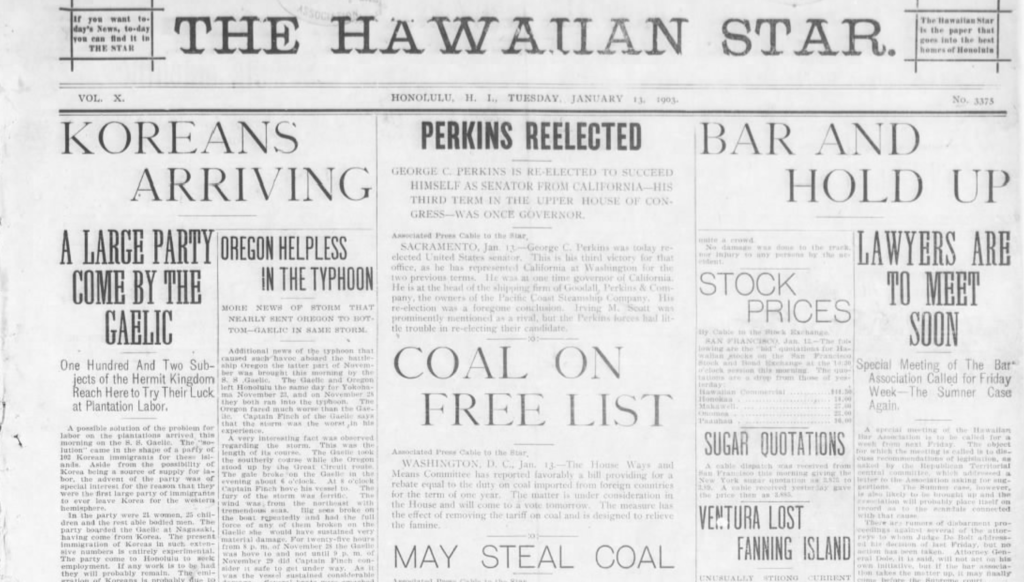
The Hawaiian Star, dated January 13, 1903, chronicling the arrival of the first Koreans aboard the S.S. Gaelic, the first ship to bring Korean immigrants carrying 56 men, 21 women, and 25 children (102 people). Following that, hundreds and soon thousands of Koreans were lured to Hawaii, where the Hawaiian Sugar Planters’ Association courted Asians of various ethnicities (so that solidarity and strikes by one group would be difficult) to work on their plantations.
Attribution: The Hawaiian star. (Honolulu [Oahu]), 13 Jan. 1903. Chronicling America: Historic American Newspapers. Lib. of Congress. Image provided by: University of Hawaii at Manoa; Honolulu, HI). Watch
A Portrait of the Korean American Experience


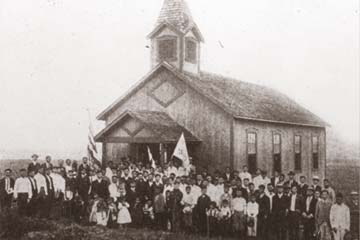
(Attribution: Honolulu Star-Bulletin)
(Attribution: Christ United Methodist Church, 1903-2003: A Pictorial History)
Please watch Making the World Their Parish

Attribution: Christ United Methodist Church, 1903-2003: A Pictorial History)

Chemulpo (today’s Incheon, Korea) was the principal port during the Joseon Dynasty, from where all Koreans left for abroad. Incheon was home to just 4,700 people when it became an international port in 1883. Today, about 3 million people live in the city, making it South Korea’s third most-populous city after Seoul and Busan. Incheon’s sea port is the second largest port in Korea after Busan’s sea port.
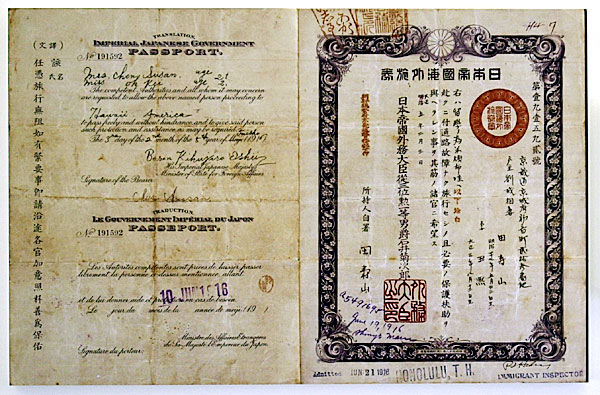
(Attribution: University of Hawaii)
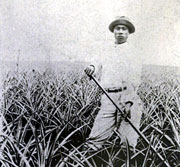
(Attribution: Center for Korean Studies, which opened at the University of Hawai’i at Manoa in 1973).
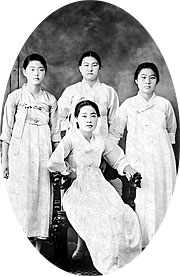
(Attribution: William Lee photo)



(Attribution: Original uploader and author was Dustandshadow at en.wikipedia – Русско-японская война (8 февраля 1904 — 27 июля 1905)

Russia suffered multiple defeats, resulting in the Treaty of Portsmouth, which President Theodore Roosevelt mediated. One outcome of the Treaty was that Russia recognized Korea as part of the Japanese sphere of influence and agreed to evacuate Manchuria and ceded the southern half of Sakhalin Island to Japan. In the early 1940s, tens of thousands of Koreans were brought to Sakhalin as laborers by the Japanese.
Watch A Forgotten People. The Sakhalin Koreans
(Attribution: CIA – The World Fact Book)
The Treaty of Portsmouth, which President Theodore Roosevelt mediated, ended the Russo-Japanese War on September 5, 1905 and marked the rise of the Japanese military and its dominance over China and the rest of Asia. Roosevelt approved the Japanese annexation of Korea and decided to cut off relations with Korea. Roosevelt earned the Nobel Peace Prize for his efforts.
(Attribution: Encyclopædia Britannica)
Read: What’s President Theodore Roosevelt got to do with the Korean diaspora?
Dawn of an era: The front-page headline of this special edition of The Japan Times on Monday, Aug. 29, 1910, describes that day’s promulgation of the Treaty of Annexation signed on Aug. 22 between Japan and Korea. In the vernacular of the day, the sub-title refers to Korea as Chosen.


(Attribution: Hare, James H., 1856-1946. ed – Russo-Japanese war, 1904-1905 Publisher: New York, P. F. Collier & son 1905 p.39)

(Attribution: This image is available from the website of the National Diet Library, Japan).
From 1939, labor shortages as a result of conscription of Japanese males for the military efforts of World War II led to organized official recruitment of Koreans to work in mainland Japan. About 670,000 Koreans were taken to mainland Japan (including Karafuto Prefecture, present-day Sakhalin, now part of Russia) for civilian labor. The 43,000 ethnic Koreans in Sakhalin were refused repatriation to either mainland Japan or the the Korean Peninsula, and were thus trapped in Sakhalin, stateless; they became the ancestors of the Sakhalin Koreans.
Watch A Forgotten People. The Sakhalin Koreans
Korean coal miners forced into labor in Sakhalin during WWII
Korean workers at a Mexican hacienda (plantation). In 1905, 1,033 Koreans got on a British merchant ship named Ilford. After 40 days, they arrived at Yucatan Peninsula in Mexico. Watch Yo Soy Coreana

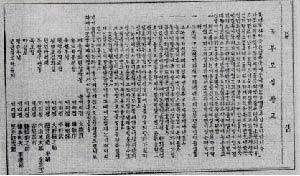


(Attribution: Popular Science 1922)



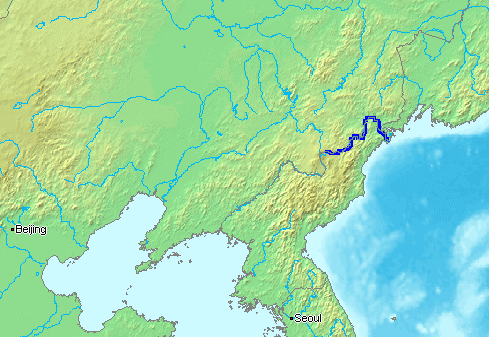
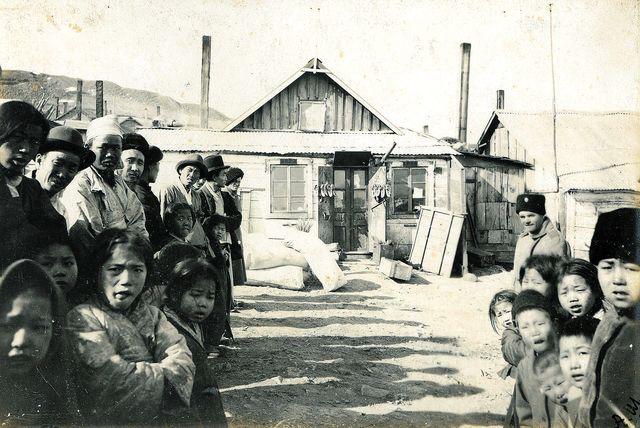
Korean soldiers in Far East Russia, fighting alongside the Russians in the armed struggle against Japanese encroachment into Russian territory
Soviet Koreans while being deported from the Far East to Central Asia in 1937.
Starting around 1930, almost the entire Soviet population of ethnic Koreans (by then nearly 170,000) were forcefully moved from the Russian Far East to unpopulated and remote areas (now countries of Kazakhstan and Uzbekistan). The official reason for the deportation was due to the fact that Koreans, at the time, were subjects of the Empire of Japan, which was hostile to Russia. Fear of disobedience and Japanese threat together created a deep distrust of Asian minorities within Soviet Union including the Koreans because of their ties with the Japanese empire, though Stalin was well aware that Koreans too resisted and fought against Japanese expansion. Deportees were forced on to cattle carts in terrible, cramped, disease infested, and horrid conditions with no water, heat or food. It is estimated that more than 40,000 deported Koreans died around that time due to starvation, exposure and difficulties adapting to their new environment.
The 4000 mile route of the deportation from Far East Russia to Central Asia
A first-generation Korean-Cuban harvesting henequen

Koreans in Kazakhstan
Koreans in Uzbekistan
Korea gained its independence (which was lost for 36 years under Japanese rule) on August 15, 1945

(Attribution: Official U.S. Navy Photograph. From National Archives collection. This file is a work of a sailor or employee of the U.S. Navy, taken or made as part of that person’s official duties. As a work of the U.S. federal government, it is in the public domain in the United States.)
Koreans returning to the homeland from Japan. Here they are disembarking at the port in Busan
Syngman Rhee served as the first president of the Republic of Korea from July 24, 1948 to April 26, 1960
North Korea invaded South Korea on June 25, 1950, sparking the Korean War
Harry Holt with his adopted babies and aid workers in 1955. The start of adoption in South Korea is usually credited to Harry Holt in 1955. Starting in the mid-1960s with Sweden, and by the end of that decade, Holt International Children’s Services also began sending Korean orphans to Norway, Denmark, Belgium, the Netherlands, France, Switzerland and Germany.
Boys awaiting transfer to a South Korean orphanage
Koreans coming to Brazil
Korean miners in West Germany.
In the early 1960s, the Korean government established an economic development plan through industrialization, but its execution was difficult due to lack of foreign capital. In 1963, a Korean delegation for foreign loan negotiations visited West Germany and reached an agreement on commercial loans worth 150 million German marks. Germany wanted these loans to be guaranteed and suggested that if Korea sent 5,000 miners and 2,000 nurses to West Germany, it would lend money on security of their wages (this was the so called “the Labor Recruitment Agreement of 1963 between the Federal Republic of Germany and South Korea). The commercial loans that Korea acquired from West Germany by this agreement were spent on the first 5-year economic plan, invested mainly in industrial sectors.
The “Miracle on the Han River” was ignited by this process. Beginning of 1960, Korea’s per capita income was $69 and it was the second poorest country in the world. Today (2019), Korea’s per capital income is approximately $33,000 and the country has the 11th largest economy in the world, surpassing that of Russia, Spain, Mexico, Australia.
Korean nurses in West Germany
President Lyndon B. Johnson signed the Immigration Act of 1965 at the foot of the Statue of Liberty on October 3, 1965
